If you are always out in nature, either camping, hiking or backpacking, you may be aware of LNT Principles. The Leave No Trace Principles are steps to help you leave the area in which you are utilizing as sustainable as possible. There are 7 main principles in which you can adhere to in order to leave nature the way you found it as much as you can.
These 7 principles involve many smaller principles within them. They basically lead you to being as clean and efficient as possible in the area you are camping in. Various principles exist in planning ahead, how to travel on a trail, taking care of trash, and more. Within these principles you will learn how to be as kind to the earth as you can.

Below, you will learn the 7 principles regarding Leave No Trace, as well as some other helpful tips to consider while you are backpacking through a trail, or camping. Being as mindful as possible of the earth in which you live, is the perfect mindset to have when you are enjoying nature for either short or long periods of time.
Features to Consider
Below are some things you should think about when you are enjoying nature and want to leave it as pristine as possible.
- Everyone can use the Leave No Trace Principles, both back country areas and front country areas. If you are using back country areas, you are probably camping over night and then hiking or backpacking. If you are using the front country, generally you are driving to the area, like a state park, plus you are probably car camping and encountering many day visitors.
- Think about what you need before your trip and think of how you can reduce the impact you will have while you are camping.
- Be clean and tidy. Do not leave trash around. Before you leave, you can pack your food into bags and try to reduce as much waste as possible.
- Never touch or disturb the animals in nature. Also, never take anything from nature. Everything is there for a reason and will be used by the earth.
- If you plan to build a fire, do so by building it very small and making sure the fire is completely out before leaving the area.
- Research the rules and regulations of the area you are visiting. Many places have rules that are specific to that area, so it is definitely wise to be knowledgeable.
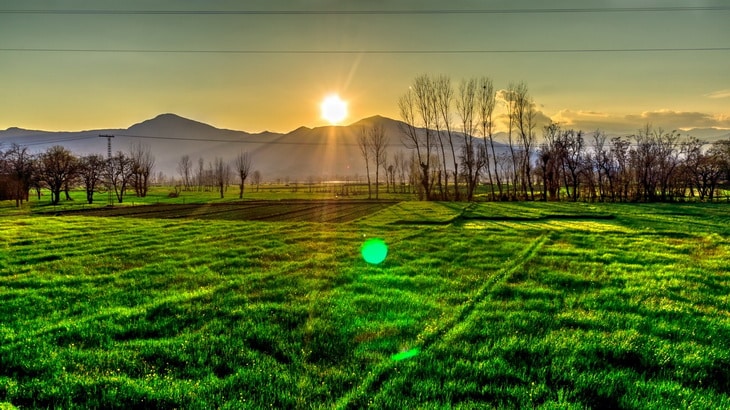
Now, let us learn what the 7 Leave No Trace Principles are, and what they entail.
Learning More About LNT Principles
So, what are the 7 Leave No Trace Principles? No matter where you are or what type of outdoor activity you are doing, it is helpful to the planet to be mindful of the area where you are and to leave as little proof behind that you were there. This keeps the environment and wildlife thriving.
Plan Ahead and Be Prepared
When you are planning an outdoor adventure, you will want to research the rules and regulations of the area in which you plan to camp or hike. During this time, you will want to research the weather and any types of hazards that may obstruct you. Plan for emergencies as well by bringing a first aid kit. Try to plan your trip to avoid times of high use in the area, and try to visit the area in smaller groups. If you have a large group, try to break them off into smaller ones so that each group can use a smaller area.

When you are cooking, try to repackage any food so that you do not have to dispose of it as waste, as you will want to minimize as much trash as possible. Another thing when you are planning ahead is to bring along a compass and a map so that you can stay on the trail and not have to use marking paint or flagging, which can be harmful to the environment.
Travel and Camp on Durable Surfaces
When you are camping, you will want to find a durable surface in which to do so. Find yourself a good trail or campsite that is at least 200 feet from water. You will want to use a trail or site that is already existent, as it will damage the earth if you make your own new one.
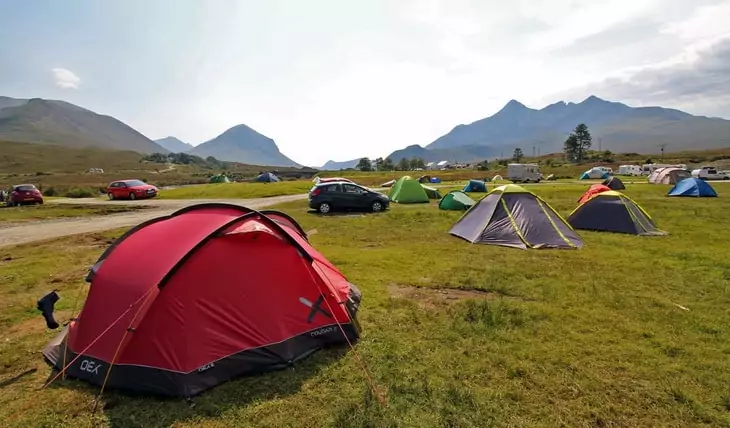
Try to keep your site as small as possible and away from any plant life. You will also want to stay away from areas that are under new impact of damage so that the area can start to grow back to normal as soon as it can.
Dispose of Waste Properly
Be sure to keep all waste together in one area and when you leave your campsite, look around for any trash, food or any other items that need to be disposed of properly. You will want to bring along your own trash bag or receptacle in order to keep everything together. For disposing of human waste, dig a hole up to 8 inches deep, and 200 feet from water. Fill the hole with the human waste and cover it and disguise the ground around it. You can dispose of any toilet paper or feminine hygiene items within your trash receptacle.
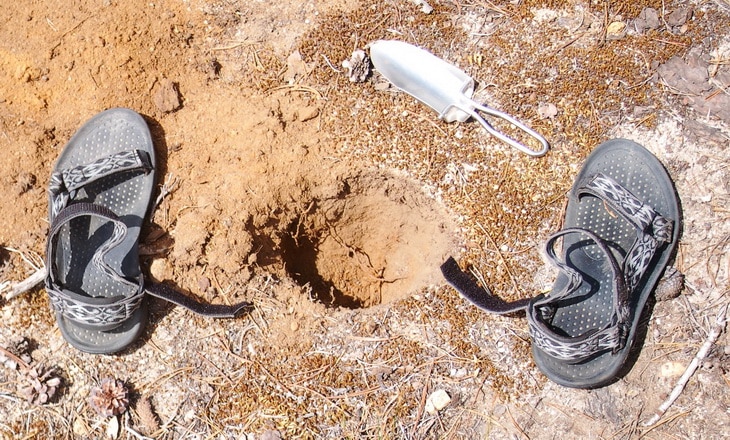
When you are washing your body or any of the dishes you used to cook with, use soap that is earth friendly, and wash yourself or the items at least 200 feet from water so the soap does not impact the stream or lake. With the dirty water, you should scatter it around the area, and not dump it in one spot.
Leave What You Find
Leaving what you find means not touching anything that could otherwise be damaged or disturbed by your doing so. You are always free to take a look at anything, especially in nature. But you must not remove any plants, rocks, or any living or inanimate objects that are in the area. Leave everything just as you originally found it, and avoid digging or building anything in that part of the forest. Of course you can always dig if you are disposing of human waste. But you should not dig for any other reason.

One thing many people do not think about is introducing a new species into a natural area. You can do so simply by walking. Your shoes will carry what is called a “non native species”, introducing it into a new area. It is recommended that you clean your shoes when you are going into an area that is different from the one you were in.
Minimize Campfire Impacts
Campfires can be dangerous and will definitely leave a big impact when you are out in the country. If you plan on creating a campfire, you should do so around some type of fire ring, or fire pan. Make as small of a fire as you can, to leave less of a negative impact on the earth, and use sticks that are already on the ground to create said fire.

When you are done with the fire, be sure it is out completely. Never leave a fire by itself. Be as safe as possible while still being mindful of the impact on the earth. Be sure you have burned everything down to ash and then collect the ashes and when they are cooled down, you can scatter them around a large area. This is the best way to leave less of an impact.
Respect Wildlife
When you encounter a wildlife animal, you should only observe it. You can take photos or video if you wish to do so. Never approach wildlife or track them on your hike, as they will think you are dangerous and possibly attack you. If you find yourself near animals during their mating time, or if they are nesting, or even if it’s just winter time, you should avoid them completely. Also, keep on moving if they are with their young, as they are more likely to attack. Check out our piece on how to prevent attacks from wild animals before leaving for your next camping trip.
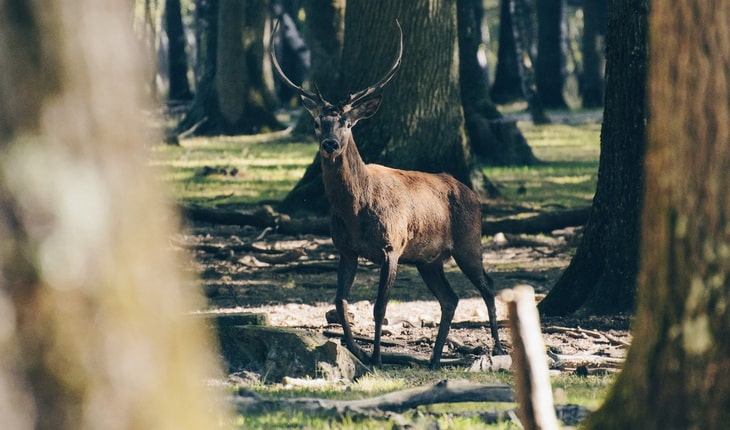
Never feed the animals or leave scraps behind as this is damaging to their health and can expose them to a wide variety of dangers, such as altering their brains. Keep your food or scraps packaged in your gear or dispose of them with other waste.
During this time, you should be very careful if you decide to bring your own pet along, especially a dog. You must keep your pet under control, because they risk being attacked by wildlife if they cannot control themselves.
Be Considerate of Other Visitors
When you see other hikers, backpackers, campers, or any other human, be respectful and mindful of these steps. You should always yield to other people who are on the same trail as you and try to reduce the noise level as much as possible.
If you come across many people, you should always step aside to the downhill area and let them pass. Say hello to them, quietly of course, so that you do not disturb wildlife. You can also speak to them about any obstructions or things you saw in the direction they are passing you in. Having up to date information on a trail is always helpful.

One more thing is that if you plan to camp or even take a break, do so off the trail and away from others. This allows hikers to move the trail better and you are not disturbing the flow of anything.
Taking The 10 Essentials
This is not a principle, but rather a list of items to have on you when you are going on hikes, or backpacking, or camping, even if it is just for the day. The 10 Essentials is a list made in the 1930s by a group of adventurers from Seattle called The Mountaineers.
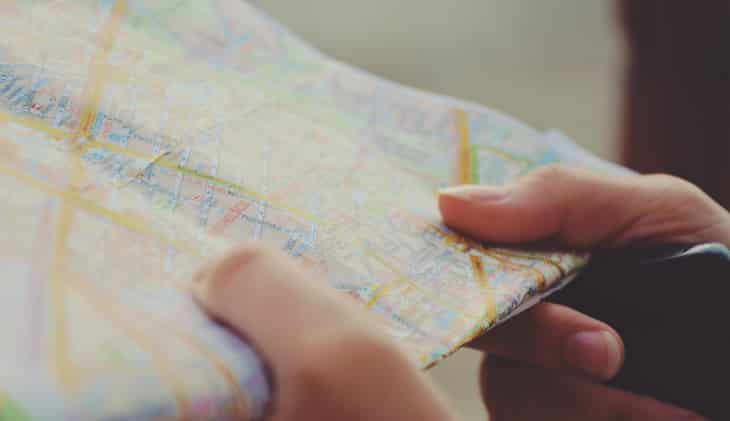
See below the items you should have in case of an emergency.
- Maps: Using a map and compass or a GPS system will help you find where you are if you are lost and have no idea how to get to where you are going. You can even use an altimeter that can tell you the elevation by using a sensor of the barometer and air pressure. Our article on the best compass watches can give you options on what to purchase for camping.
- Sun Protection: You should take along sunglasses that block all UV rays and light which can harm your skin and can cause cataracts. Using sunscreen keeps your skin from taking too much damage outdoors. Use this, every few hours and take along some lip balm for your lips.
- Insulation: Bring along an extra layer of clothing in case the weather is inclement. The extra clothing should should match what season it is. Be sure you will stay warm in very cold climates by bringing long Johns and insulating clothing
- Illumination: Many people like to wear headlamps because they are worn on the head and allow the user to be hands free. If you cannot take along a headlamp, try bringing a flashlight or a lantern with you in case of an emergency.
- First Aid: When out in the forest, you should always have a first aid kit. This should have treatments for many things, including bandages, tape ointments, pain medications, gloves, and anything else you think you may need. See our article on the best first aid kits for backpacking to give you information on what to bring.
- Fire: In order to start a fire, you could bring along some matches or a type of fire starter that will help you create a fire so you can stay warm, dry clothing, or cook food.
- Repair Kit and Tools: If you need to make kindling, prepare food or fix some type of gear, having a multi tool or a knife can be helpful. Even bringing scissors can be useful. Bring along some duct tape or even a repair kit so you will not be caught off guard.
- Nutrition: Always have a day’s worth of food on you, so that if you get in a pinch, you will have enough food to get by for a night. Try to take things that do not need to be cooked, like granola, trail mix, or jerky.
- Water: Hydration is very important and you do not want to be without it. Your gear might have a water reservoir or you can bring along a bottle or two with you. You should also know how to filter or purify water if you need to drink it from a river or stream. Learn how to purify water by reading our article on this topic.
- Shelter: Having emergency shelter can mean staying safe in bad weather. You can bring along a tarp or a blanket, or a pop tent, in order to stay out of a thunderstorm or wind.
What Do Other Nature Lovers Have to Say?
Those who really love nature try to adhere to the principles above. They say that preserving our earth is important and by cleaning up after ourselves and being safe, and not disturbing wildlife will only help our land thrive and grow. Using these principles ensure that you have a great time while the land stays as pristine as you can leave it.

While some of these principles may involve a lot, they are definitely worth it to keep our earth alive and beautiful for the next generation. By simply observing the wildlife, you are ensuring that their species stay alive and healthy for the future of their breed. It is important to leave a positive impact on our planet because we already have experienced so much damage to our earth.
Pros and Cons
There are more good things than bad about leaving no trace when you are enjoying nature. Trying to keep the earth as you left it for others to enjoy and for wildlife to thrive is always a good thing.
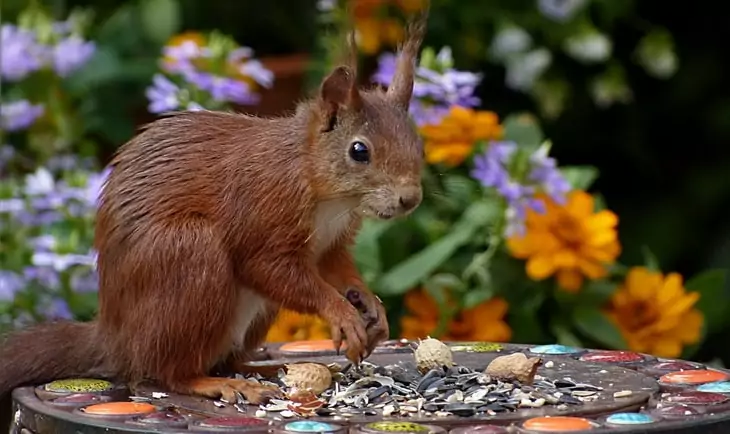
However, if you are not mindful, then you could leave damage to the area behind.
Pros
- You are leaving the world as clean as you found it. This ensures that the earth is not disturbed much and wildlife are not affected.
- The area stays clean because these principles teach you how to dispose of waste properly, including human waste.
- These principles show you not only how to treat the wildlife and the earth, but other hikers or campers as well, yielding to them and exchanging information if needed.
Cons
- Some hikers or campers are not as prepared as they should be.
- Not all trash and waste is properly picked up, even though the principles teach that.
- Not all people are informed on the rule, regulations, and how to treat the earth they are enjoying.
- Interacting with wildlife can be dangerous for you and the animal. Stay away and only observe and move on.
- Not adhering to the principles can damage the earth and harm the wildlife, which further destroys our planet. Be mindful and safe.
Concluding Thoughts on This Topic
These principles exist to help you literally leave no trace. When in nature, you want to leave as little footprints behind as possible. This means picking up after yourself, cleaning up your trash, and preparing for the weather even.
Using these principles will leave nature as clean as you left it so that wildlife and plant life can live to its fullest, because it is their home you are in. You would not leave trash over at your friend’s house, so leaving the earth as you found it is the best way to keep our planet healthy.
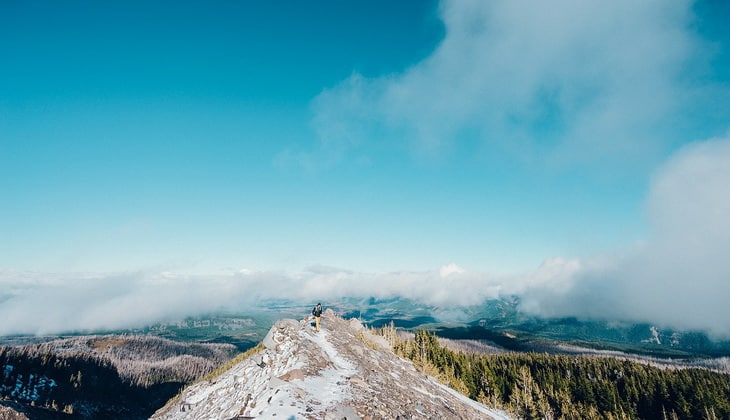
What other things do you do when in nature that help to preserve it when you are camping or hiking? Do you have any ideas to improve upon the principles? Let us know your thoughts in the comments section. We love hearing from our readers!

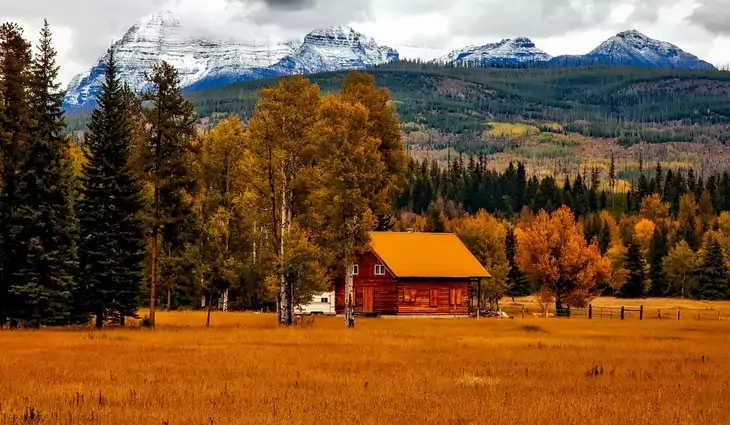






Apart from properly putting out campfires, you should also take care not to damage vegetation, especially at higher altitudes.
We get to enjoy what nature has to offer simply because our ancestors did a great job of preserving nature’s best. So, it is necessary for us to do the same.